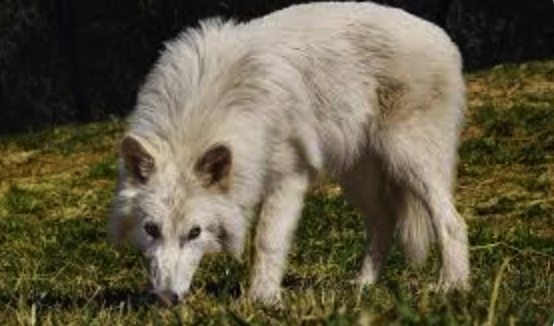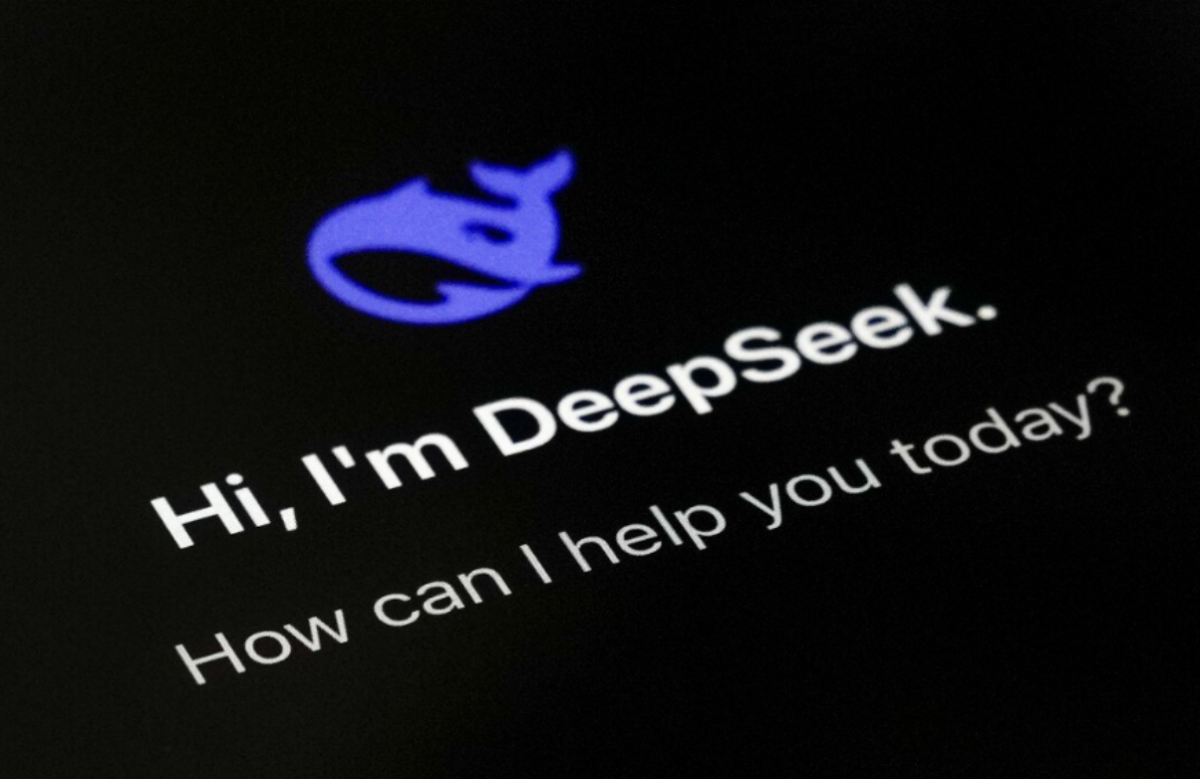On April 7, 2025, researchers at Colossal Biosciences revealed six-month-old pups Remus, Romulus, and Khaleesi to the world, claiming to have successfully “resurrected” the Aenocyon Dirus species, more commonly known as the dire wolf. Although archaeologists estimate that the species went extinct 10000 years ago, Colossal’s scientists state that–through these three, furry white pups, the dire wolves are here to stay.
The process of recreating the dire wolf began with Colossal’s intensive and “revolutionary” genetic mapping. According to the bioscience company’s website, experts at Colossal secured access to two promising, DNA-viable dire wolf samples–– an inner ear bone and a tooth–– which were used to map, according to Colossal researchers, 500 times more dire wolf DNA sequences than any prior study. Employing their own proprietary software, algorithms, and resampling process, Colossal’s extensive and pioneering reconstruction of the dire wolf genome led to discoveries in both the dire wolf’s phylogenetic position relative to canids and the specific ligand-dependent nuclear receptor corepressor like (LCORL) gene particular to the dire wolf species. Both of these findings motivated and guided the usage of gray wolves as cloning surrogates and genetic templates for the “rebirth” of the dire-wolf; specifically, scientists used CRISPR/Cas9 technology to alter the genome of a clone gray wolf embryo at 20 loci on 14 genes–– all for the hope of making the cloned animals resemble their long-extinct cousins.
For Colossal Biosciences, however, the claimed “de-extinction” of the dire wolves is only a trial case for a larger endeavor: the “revival” of the woolly mammoth, a supposed first step of an avant-garde approach hoping to support conservation efforts and fight climate change. Colossal’s announcement of their new dire wolves succeeds their creation of the “woolly mice” just months earlier and precedes future plans to perform the same “de-extinction” on the beloved, recently extinct Tasmanian tiger and Dodo bird. The biotech company, backed by a mixture of conservation organizations and celebrities, claims that their revival efforts explore the future possibility of using gene therapy on endangered animals to build artificial resistance against environmental changes. The end goal of the complete eradication of animal extinction is plastered across the homepage of the Colossal Biosciences website.
Nevertheless, Colossal Bioscience’s claims of “de-extinction” have received criticism from both scientists and casual skeptics. Although Colossal defines their “functional de-extinction” as “the process of generating an organism that both resembles and is genetically similar to an extinct species by resurrecting its lost lineage of core genes,” onlookers have cited the company’s claims as purposefully misleading to garner attention. Ecologists have also challenged the rather round-a-bout method with which? Colossal claims to support conservation efforts; the company plans not only to introduce a genetically modified, once-extinct, potentially invasive species to the world, but also to genetically modify and repopulate living species.
“There’s two sorts of biological principles that come to mind,” said Upper School biology teacher Dr. Kelly Tracy, who has a PhD in human and medical genetics. “Invasive species and the law of unintended consequences–– where we know any changes we intentionally make will have some consequences that we can’t foresee and can’t plan for. These changes could be really detrimental.”
“Extinction is a very natural, normal part of the evolutionary process,” said Tracy. “Species go extinct all the time, and new species arise all the time; that has been the natural progression of nature since the beginning of life.”
Colossal Bioscience’s cloning breakthroughs have also led to a rise of public concern surrounding the increasing presence and implications of genetic modification. During the process of resurrecting the dire wolf, Colossal scientists claim to have discovered a novel method of somatic cell nuclear transfer using nuclei extracted from blood samples, enabling cloning without the need of invasive tissue collection. Similar to the raging debate around the usage of genetically engineered livestock and agriculture, Colossal’s breakthroughs in cloning technology continue to raise questions around where to draw the line of ethical experimentation.
Historically, however, traditional ethical values and concerns over long-term consequences have long inhibited researchers from “playing god” in the modern world.
“The way I see it is that this technology, CRISPR/Cas9, has been around for many years now,” said junior Enpeng Jiang. “I’d say we’re very close to a revolutionary or shocking revelation, yet I don’t think it’s entirely technological limitations that are preventing us from taking that final step.”
“There’s always a cost benefit analysis…we often think for ourselves–– what might bring the greatest benefits to humans with the least cost to humans,” said Tracy. “It really is a nuanced type of basic science research… to some extent, it could even be subjective because people pay attention to different elements… there isn’t a perfect algorithm.”
More pessimistic critics of Colossal’s breakthroughs have also referenced traditional dystopian literature in opposition to these developments.
“[These works of literature] usually come with a warning tone,” said Upper School English teacher Clare Costello. “Take Huxley’s Brave New World for example: this ability that they can edit people to be a certain level of intelligence–– to appropriate them into predetermined strata of society–– is very problematic. [The idea that] your future and your ability to understand the world, determined by scientists prior to your birth, is pretty scary, right?”
Colossal Bioscienceshave recently responded to such criticisms, appealing to their greater goals of conservation. Other scientists have also noted that the detrimental effect of humans on the environment shouldn’t be overlooked amidst the wave of skepticism.
“It depends,” said Tracy. “Because of the detrimental impact of human technology and population growth, conservation efforts are often aimed at reversing human impact. We’re living in a world where human intervention may be required to reverse human impact.”
Edited by Chris Qin






